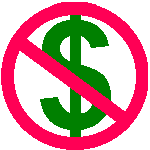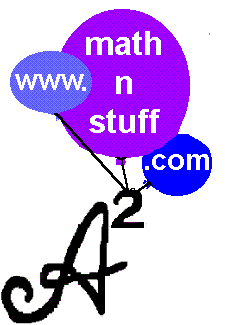


 semi-log plane, no axes
semi-log plane, no axes

The use of the nonuniform common (base 10) log scale permits detail for a wide range of values.
Use a semi-log plane to display graphs with an exponential or a power or a large y-range and a small x-range where y-values are all the same sign - negative or positive.
Use the log-log plane to display graphs were both x-range and y-range vary greatly.
Cubing Function, y = x3
 |
Cubing Function, y = x3, on semi-log paper
 Note that the extended lines on the y-scale are for powers of 10: 1 or 100, 10 or 101, 100 or 102, 1000 or 103. |
Cubing Function, y = x3, other domain values
 Note that this graph can't be drawn using a log scale because all y values must have the same sign. |
The Exponential Function, y = ex
 The constant e is the base of the natural log, ln. |
The Exponential Function, y = ex, on semi-log plane
 On a semi-log plane, exponential growth is linear. |
|
Exponential & Power Functions, y = abx and y = axm on semi-log plane
Use a graph on semilog or loglog planes to help determine if a function is exponential or power. On a semi-log plane, exponential growth is linear. On a log-log plane, a power function is linear and the slope, m, through points (x1, y1) and (x2, y2) is and very like the traditional coordinate plane slope formula. |
A Bland Log-Log Plane w/Scales Marked
 This is an example of how one might vary both scales and still keep accuracy. |

|